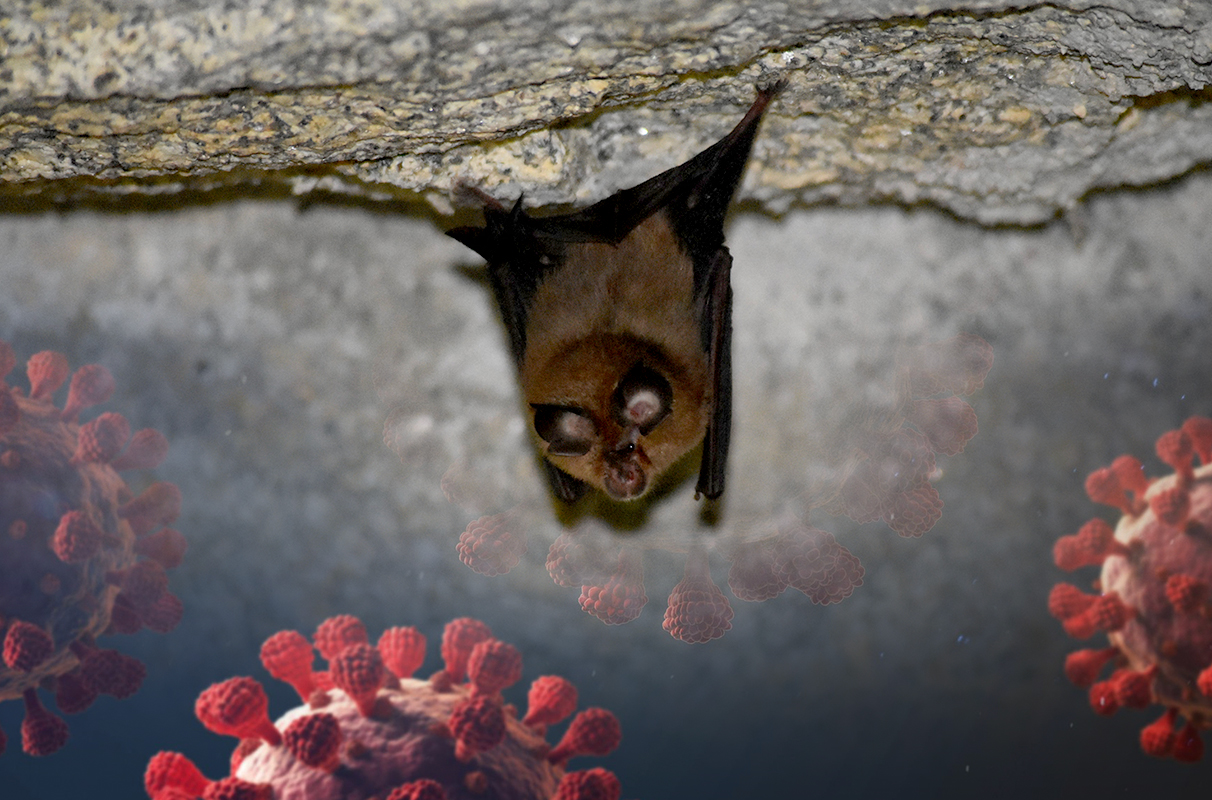A recent breakthrough by a team of Chinese scientists has uncovered a new strain of bat coronavirus that carries the potential to infect humans, using the same method as the virus that caused the COVID-19 pandemic.
This discovery has raised fresh concerns about the risk of future pandemics, as the virus uses the human ACE2 receptor, just like SARS-CoV-2, the virus responsible for COVID-19.
The groundbreaking research was led by Shi Zhengli, a prominent virologist often referred to as the “batwoman” for her extensive work on bat-borne viruses.
Shi is also known for her role at the Wuhan Institute of Virology, a center of controversy over theories about the origins of COVID-19.
While no official conclusion has been made about the virus’s origin, many experts speculate that the virus emerged in bats and spread to humans via an intermediary animal species.
The newly discovered virus is part of the HKU5 family of coronaviruses, first identified in bats in Hong Kong.
Related Articles
This specific strain is classified as a merbecovirus, which includes viruses like the one that causes Middle East Respiratory Syndrome (MERS).

READ ALSO: A South Carolina man is sentenced to life after confession on stand also led to his friend’s arrest
The study, published in the peer-reviewed journal Cell, reports that the virus can bind not only to bat ACE2 receptors but also to human ACE2 receptors, making human-to-human transmission possible.
Researchers noted that the virus could infect human cells and even synthetic mini-organs that mimic human respiratory and intestinal systems.
This finding increases the possibility that the virus could spill over to humans either directly or through intermediate hosts, such as other animals, which could then transmit it to people.
The implications of this discovery are significant. The World Health Organization has already listed merbecoviruses among emerging pathogens that could pose future pandemic risks.
The new HKU5-CoV-2 strain has been flagged as a potential threat, warranting close monitoring to prevent future outbreaks.















